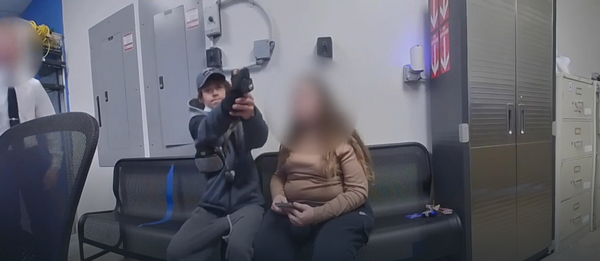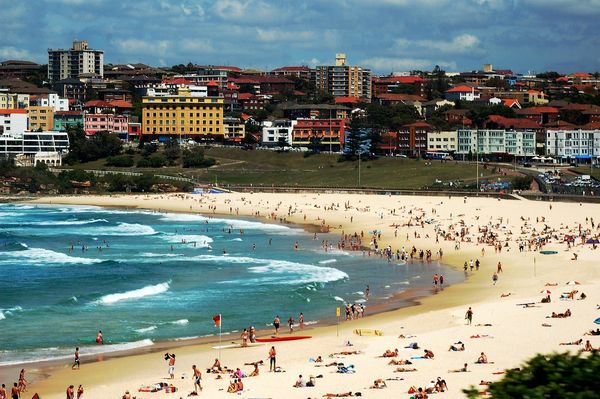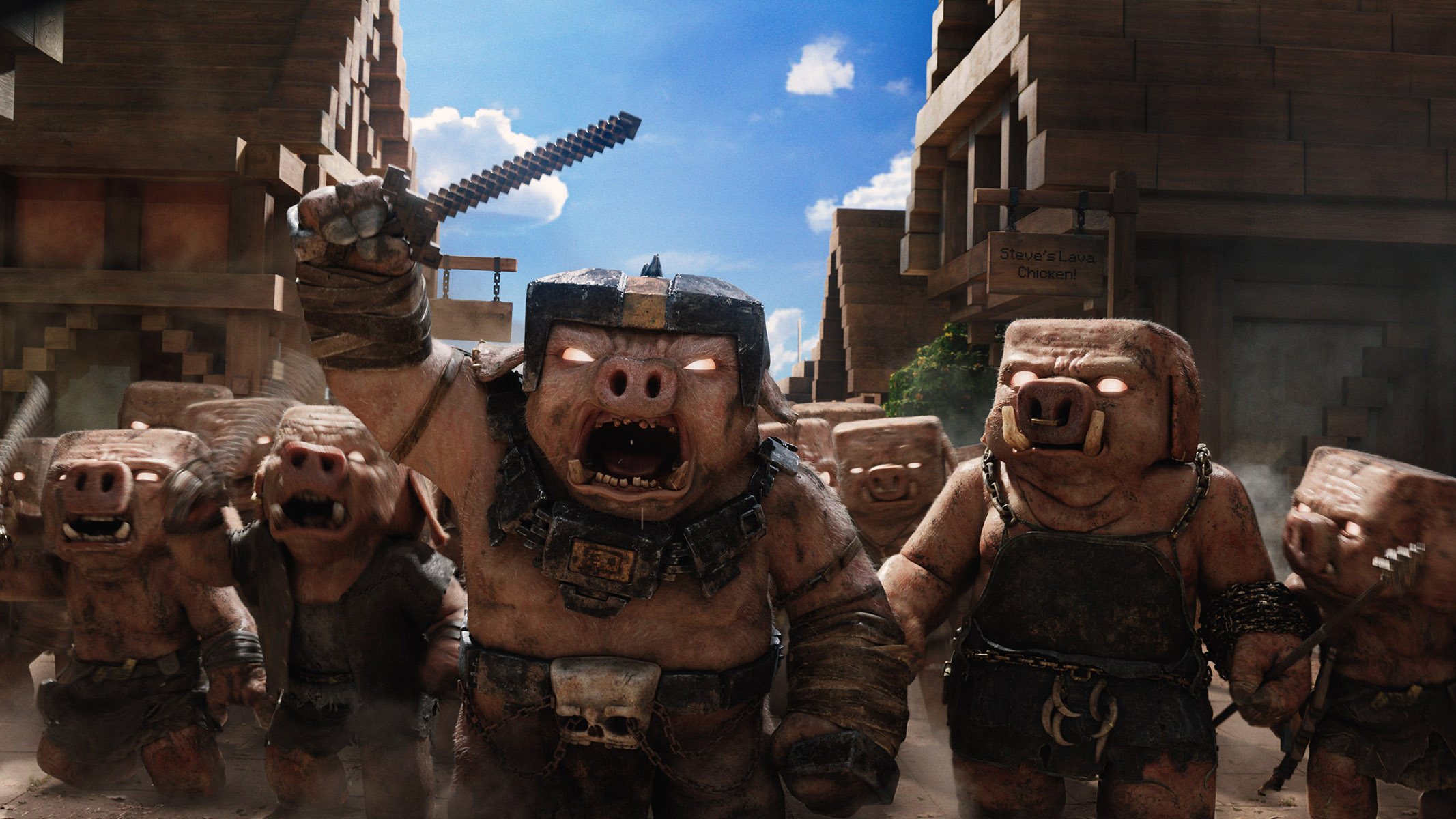
Unless you’ve lived under a cube of deepslate, you’ve almost certainly heard of A Minecraft Movie. The cinematic event has dominated the box office and laid waste to cinema screening rooms. But you might not have heard how the video game world made it to the big screen.
The key was to use virtual environments. That’s why Warner Bros. involved our creative services team at Disguise from the earliest stages of production, working as the Virtual Art Department (VAD) on the movie. Real-world locations or entirely practical sets couldn’t do the outlandish settings of Minecraft justice on their own.
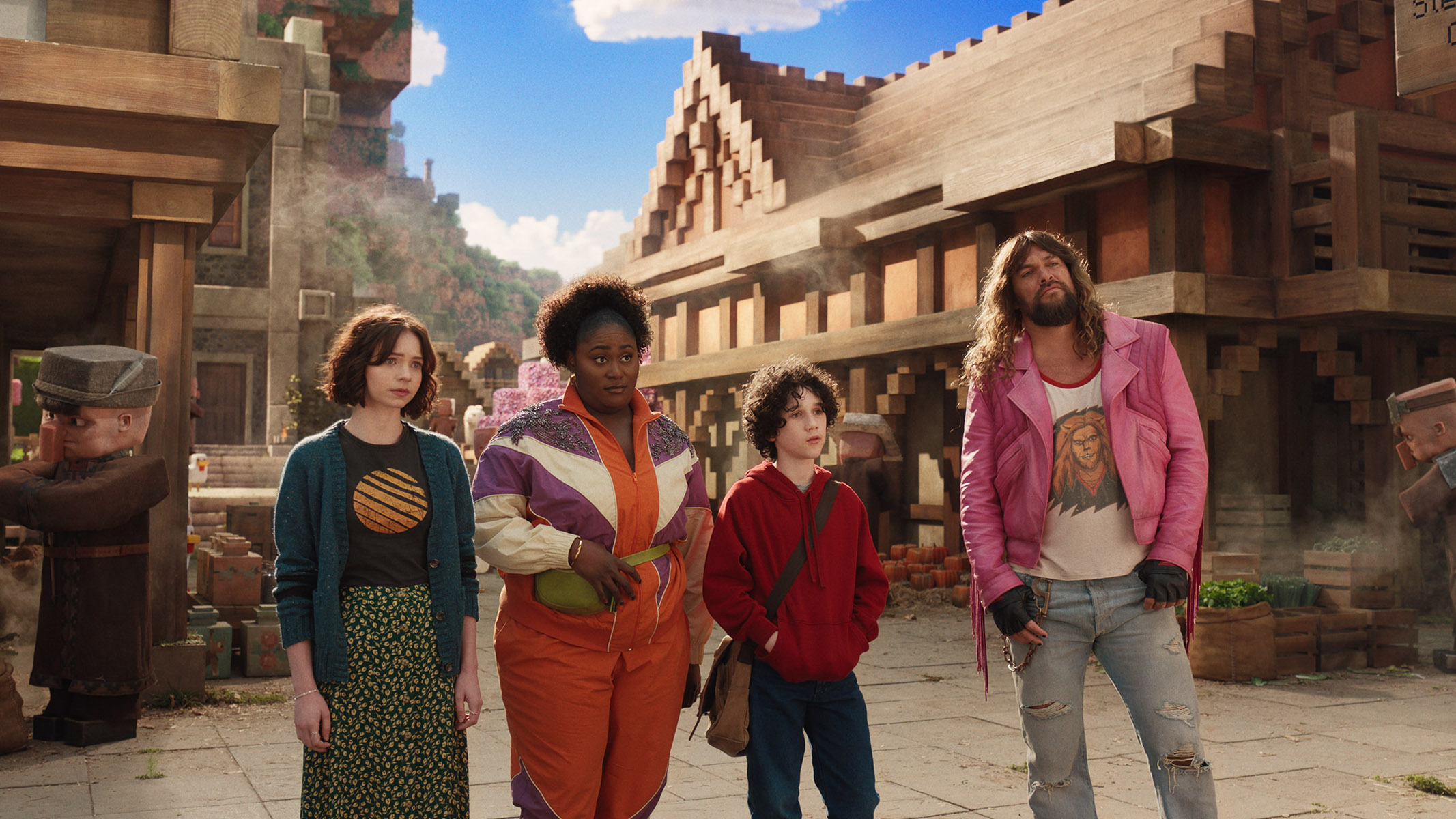
We were brought on to create virtual environments that would help the director, Jared Hess, and other filmmakers recreate the cubic world of the game as a convincing backdrop for modern moviegoers.
As well as experienced builders of virtual worlds, we’re also huge Minecraft fans, so we were so excited to be involved. Together, we used the game as inspiration for environments created in Unreal Engine (one of the best game development programs), which were used from pre-production through to principal photography, all the way to the final stages of post-production.
From game consoles to cinemas
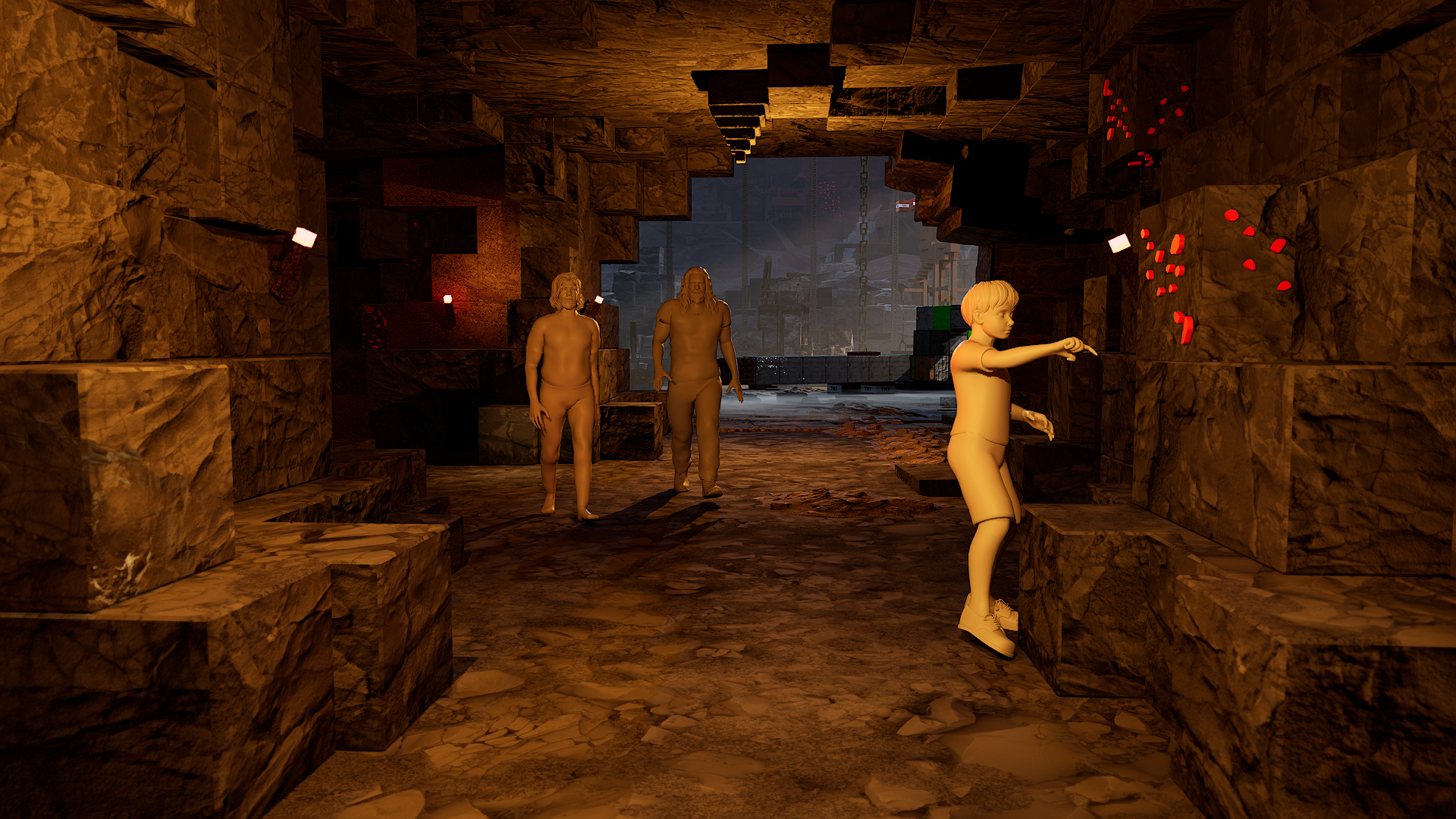
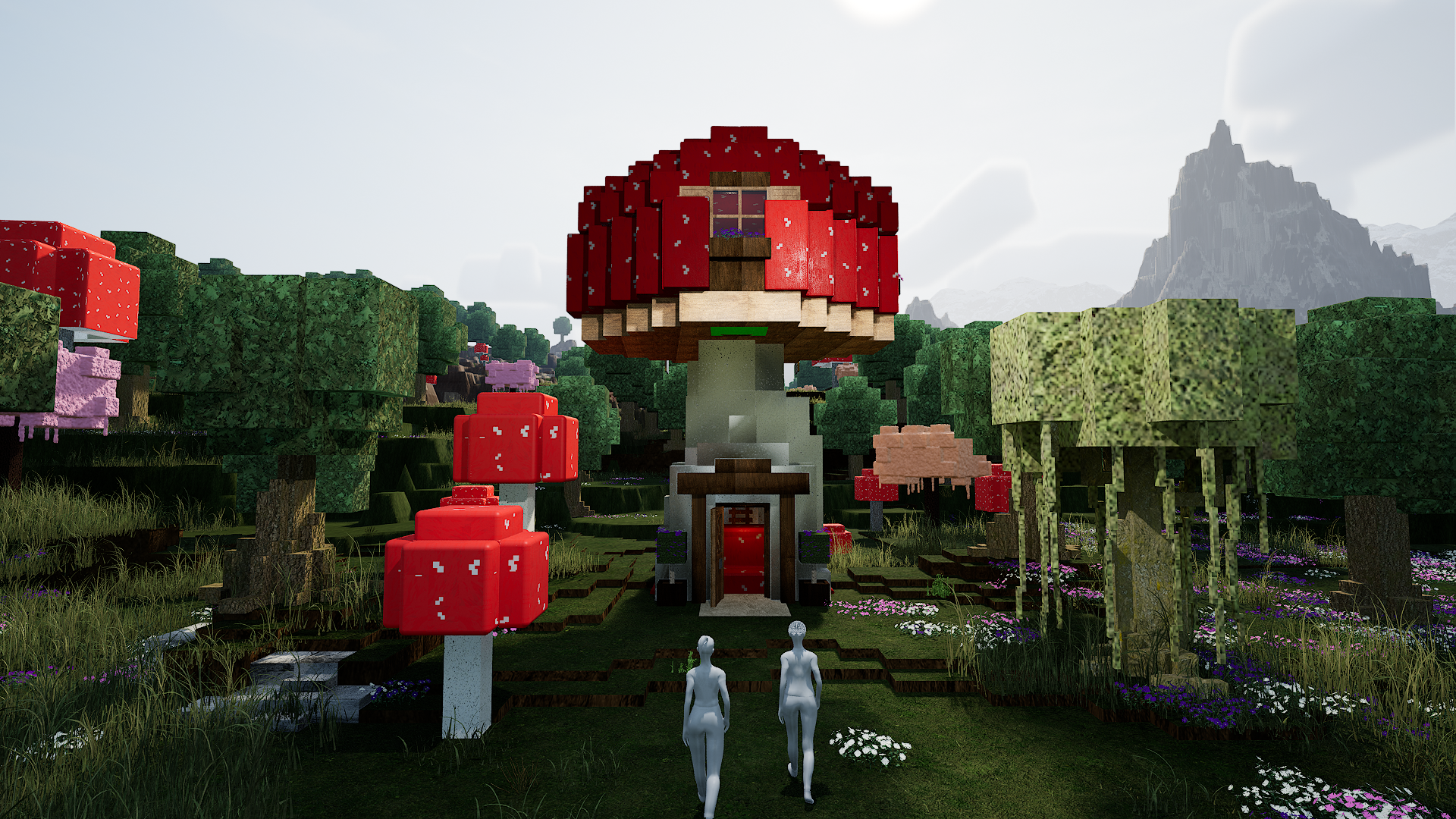

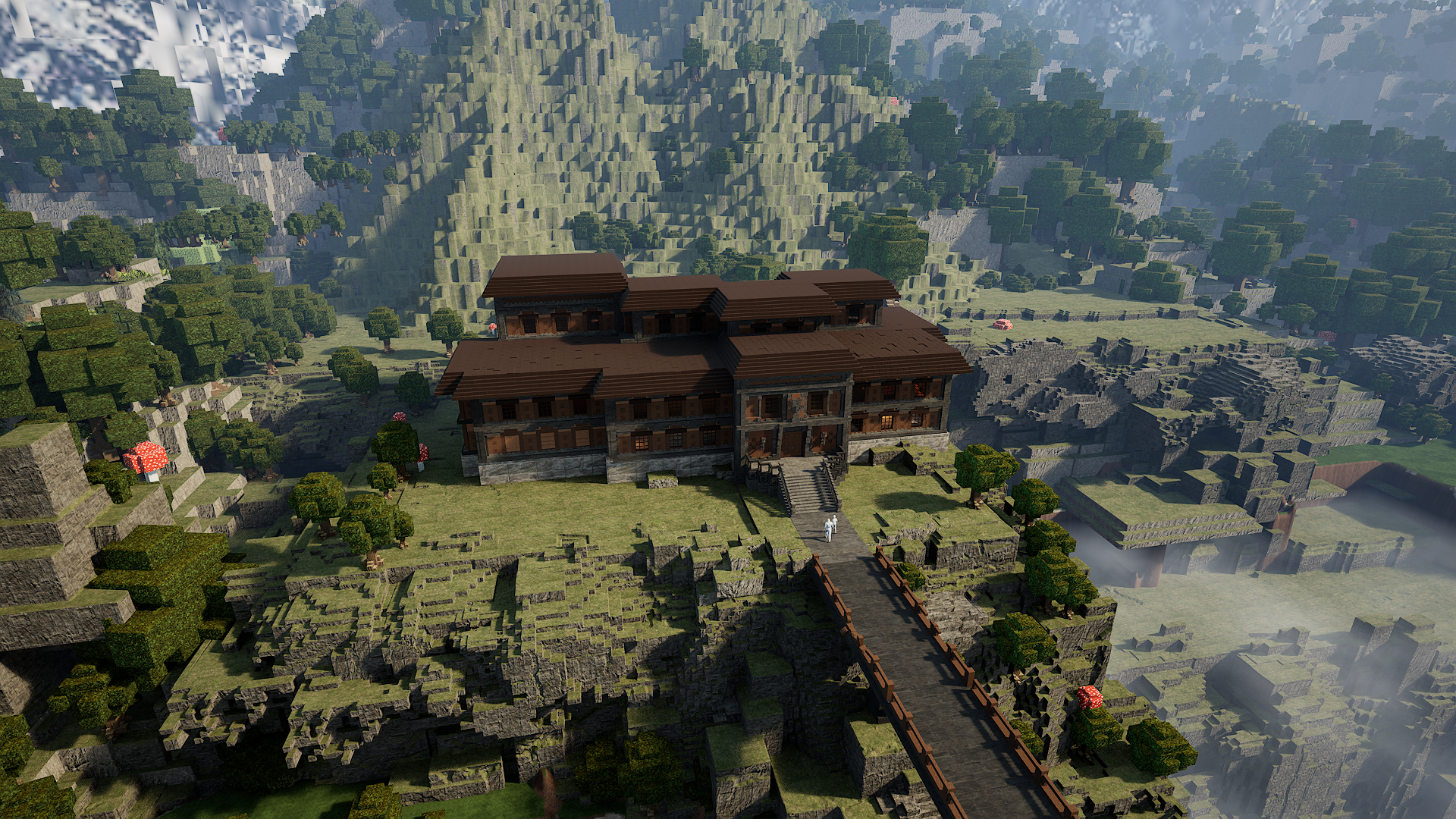

The film visits a lot of different locations, and the VAD built the majority of them. Unreal Engine was at the core of our technical pipeline to do this. We used it to build, review, and iterate on all the virtual environments. To begin with, the film’s art department shared the 3D models they used to design physical set pieces, as well as giving us access to concept art, set decorations, props, and costumes.
We used Blender, Cinema 4D, or Maya software (depending on the artist’s personal preference) to build models before optimising and prepping them for use in Unreal Engine. Once in Unreal, we applied materials and lighting, then extended our virtual sets with VFX-based architecture to create vistas that stretched on and on into the distance. The results were fully realised 360° worlds.
Artists were assigned to specific environments and we used Perforce’s collaboration software to keep track of all the work being done. When one environment needed urgent updates, it became a team-wide project. That was the case for the virtual Midport Village set, on which we each worked in different areas of the village simultaneously and met in the middle.
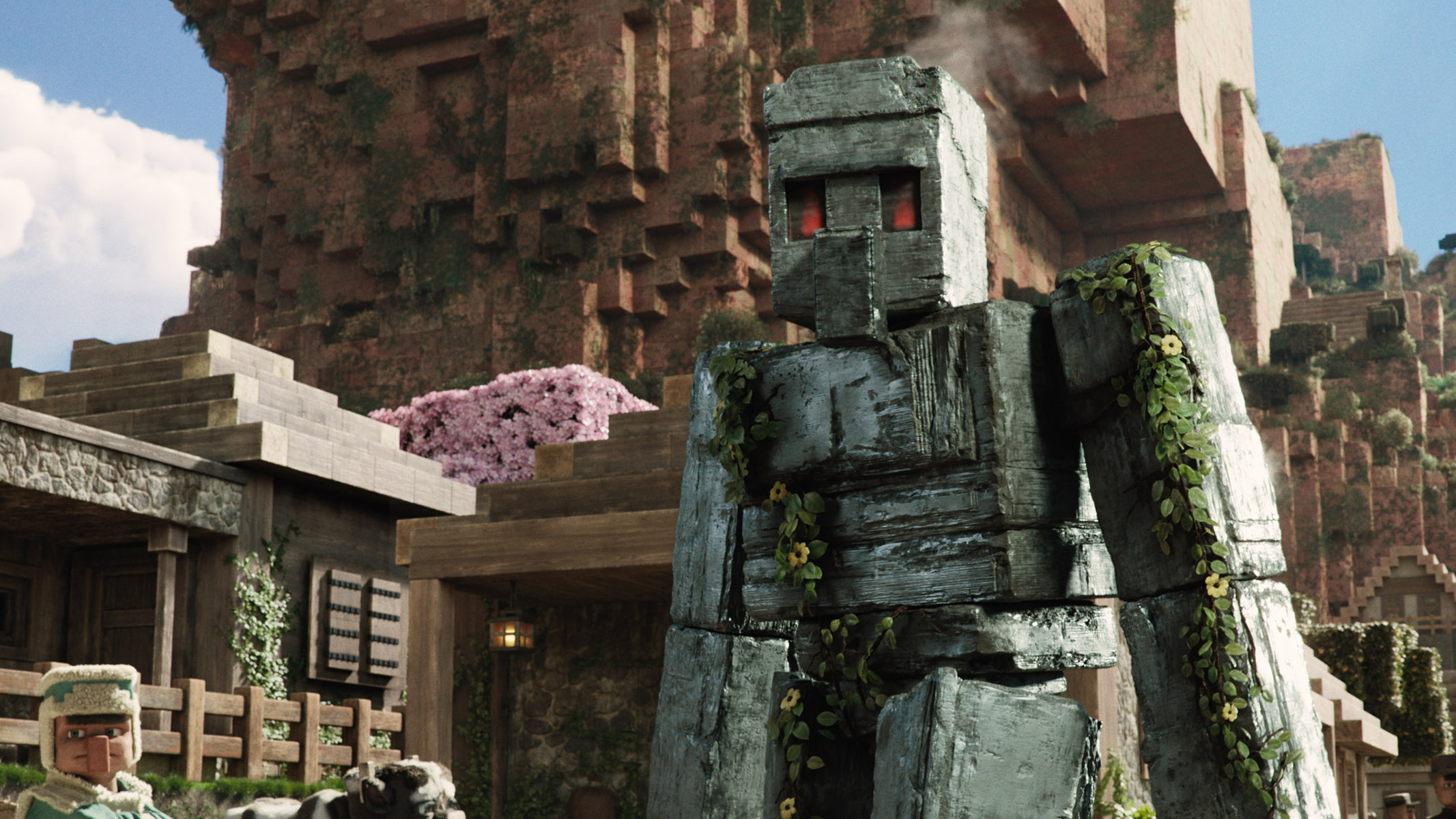
Once the environments were ready, they were used to help the filmmakers visualise the action spatially from pre-production. Unreal’s custom blueprints and camera overlays helped with the overall composition, so that each environment was ready for regular review sessions with the filmmakers.
VAD art director Pat Younis even set up a PlayStation controller so that the director and other decision-makers could explore the Unreal environments firsthand, adjust camera settings, and capture screenshots. This made reviews more interactive and helped inform creative and technical decisions about complex sequences, with changes being able to be implemented in real-time.
The next level
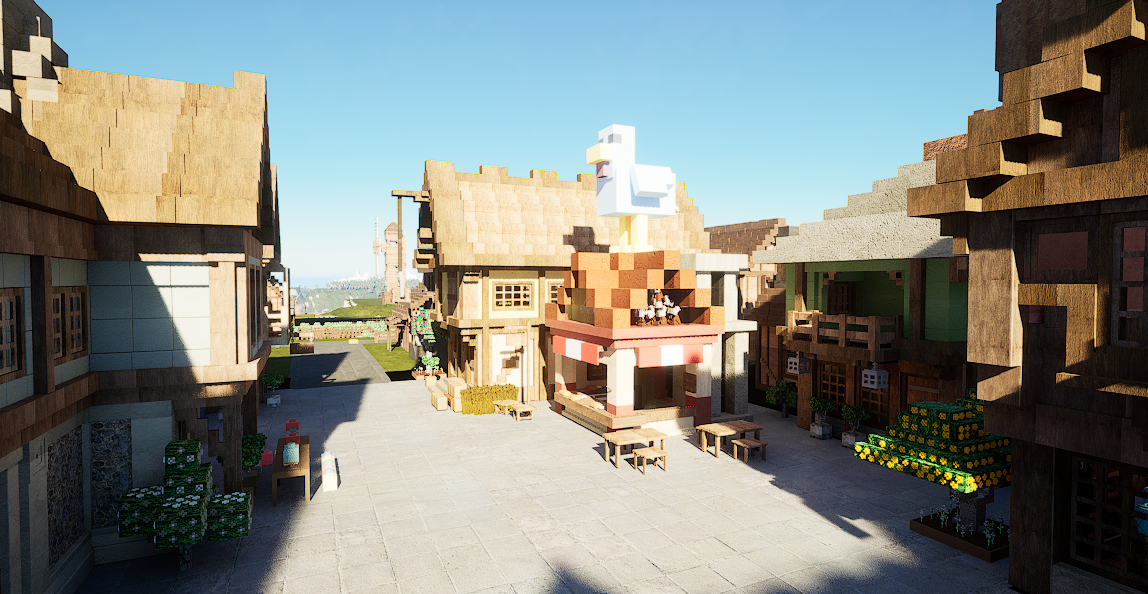
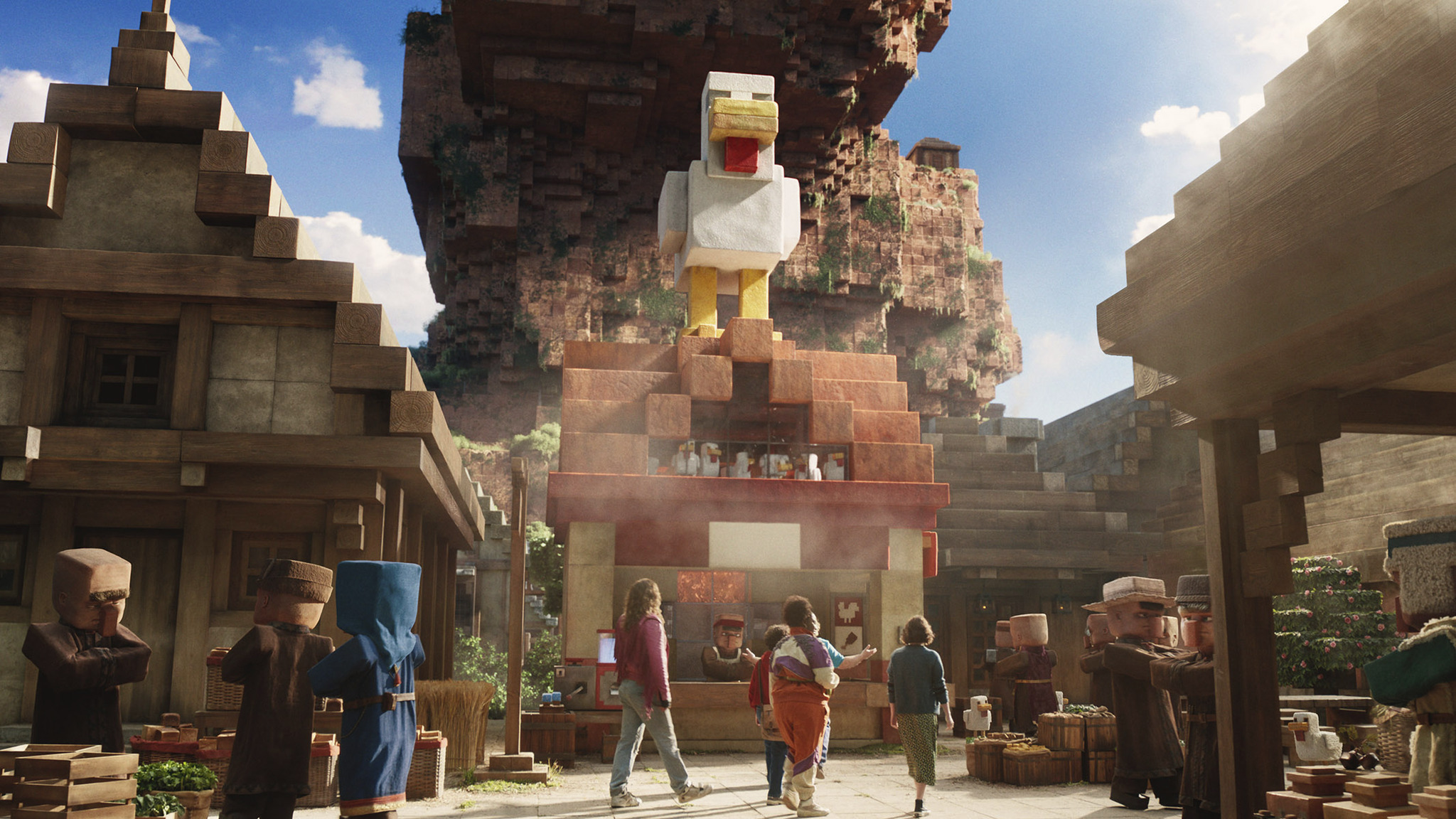
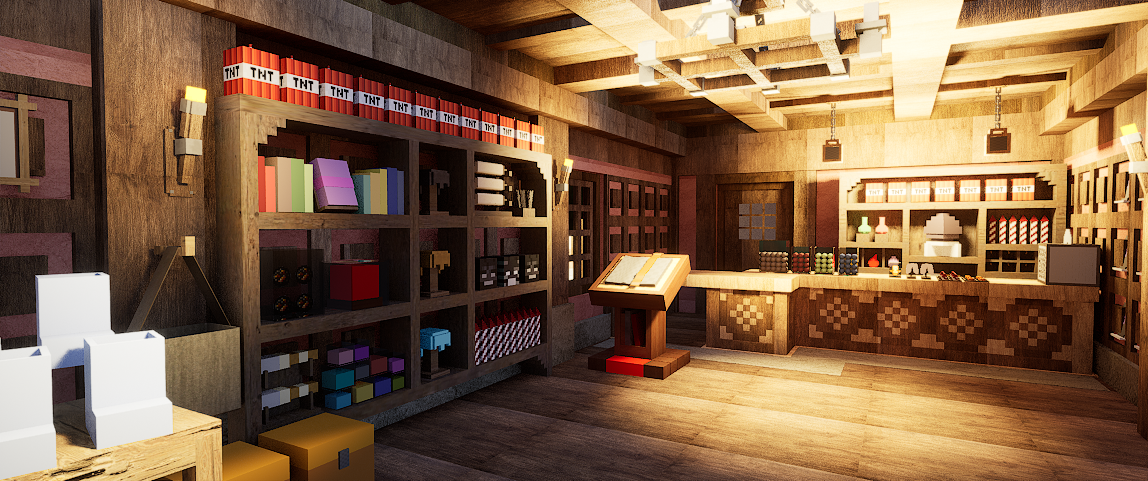

When the production moved onto principal photography, we worked closely with everyone on set. We optimised each virtual environment so that the crew could explore the stage layouts and get a sense of what the director wanted the final shot to look like. Our virtual worlds even helped the stunt team to assess the space available for each stunt sequence.
For the film’s proprietary camera tracking system to work correctly, we used LiDAR scans of the physical sets and aligned them with our virtual environments. We came well prepared for each day’s shooting, from mapping fire lines for safety to creating accurate virtual models of the camera rigs and cranes to pre-visualise shots and determine where cameras should be positioned.
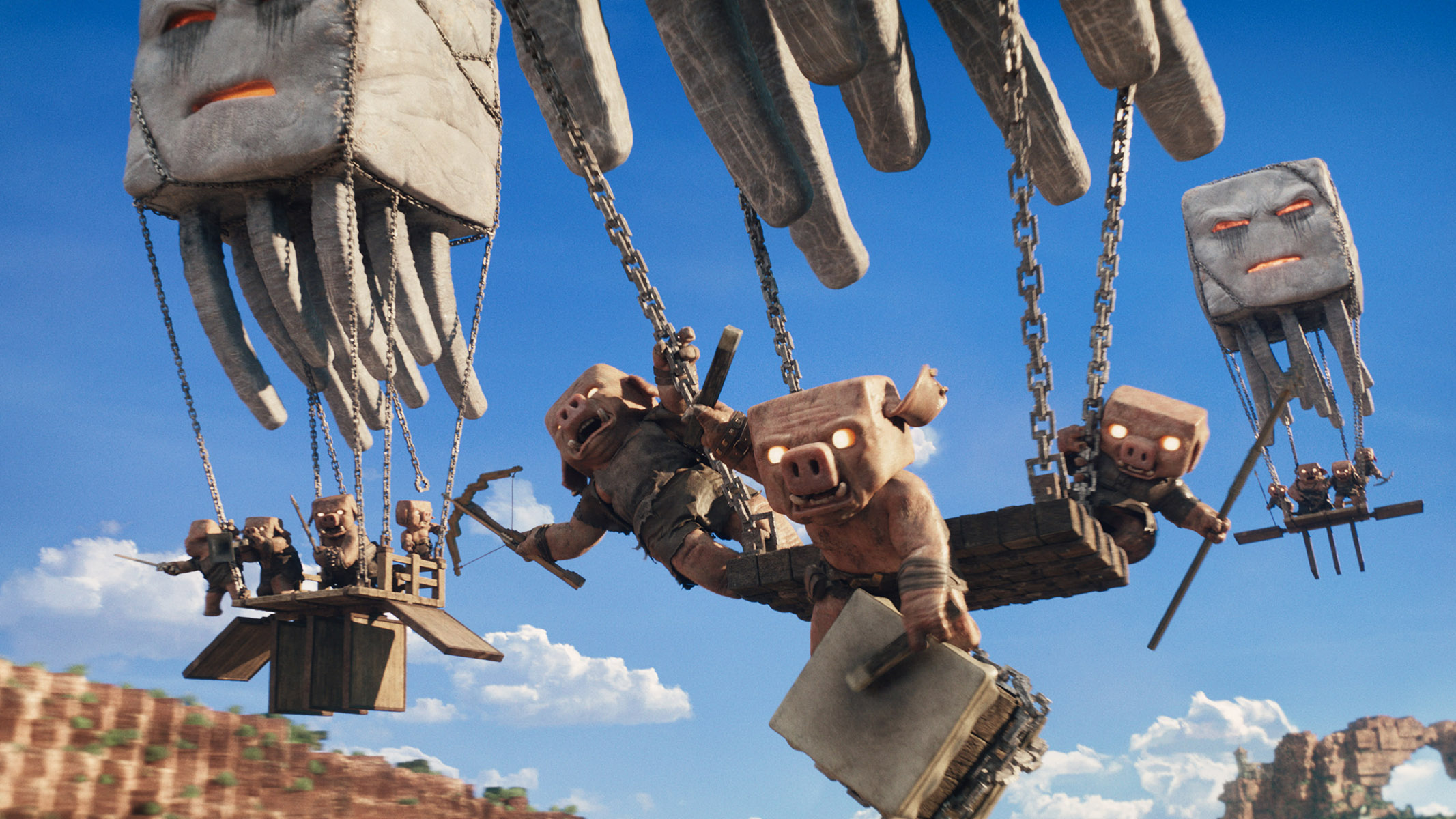
Everyone in the VAD has played Minecraft. We had a shared passion for the game and spent a lot of time exploring it for reference. This was particularly useful in one of our favourite scenes, the Elytra flight chase. We blocked out the large valley setting with tools that imported geometry from real-world canyon maps. Then we used geometry from the game itself to give the background a uniquely Minecraft aesthetic.
Pat even recreated Steve’s iconic lava-chicken shop inside Minecraft to demonstrate to everyone how it would work in-game. The art department then used that build to conceptualise the one you see in the final film.
Levelling up production
With principal photography complete, we used Perforce to hand over our virtual environments to the various visual effects vendors working on the film, so that they could streamline the post-production process.
That means that rather than helping with one phase of the filmmaking process, the VAD acted as a centralised visual hub for all departments, and we were able to carry the director and designers’ visions through the entire production. We’re incredibly proud of our work in the final film and thrilled to see it captivating audiences around the world.
Whether using green screens – like A Minecraft Movie – or LED screens, virtual filmmaking is an increasingly popular way to tell stories. We’re seeing more and more productions reap the rewards of involving a VAD early on in production, ensuring a consistent vision is carried through the various stages of a project.
And it’s not just Hollywood blockbusters – Disguise Services has also created content for a public service announcement for US veterans, as well as commercials for brands like Apple Music and Lenovo, and global broadcasts like the 2024 Olympics in Paris.
A virtual art department unlocks ultimate content flexibility, enabling filmmakers to meticulously plan their shots and iterate right up until cameras start rolling. And despite being a relatively new piece of the modern filmmaking pipeline, it’s quickly becoming an essential when it comes to the creation of high-calibre on-screen entertainment.
For more details on some of the creative tools used for the movie, see our guide to the best 3D modelling software.


